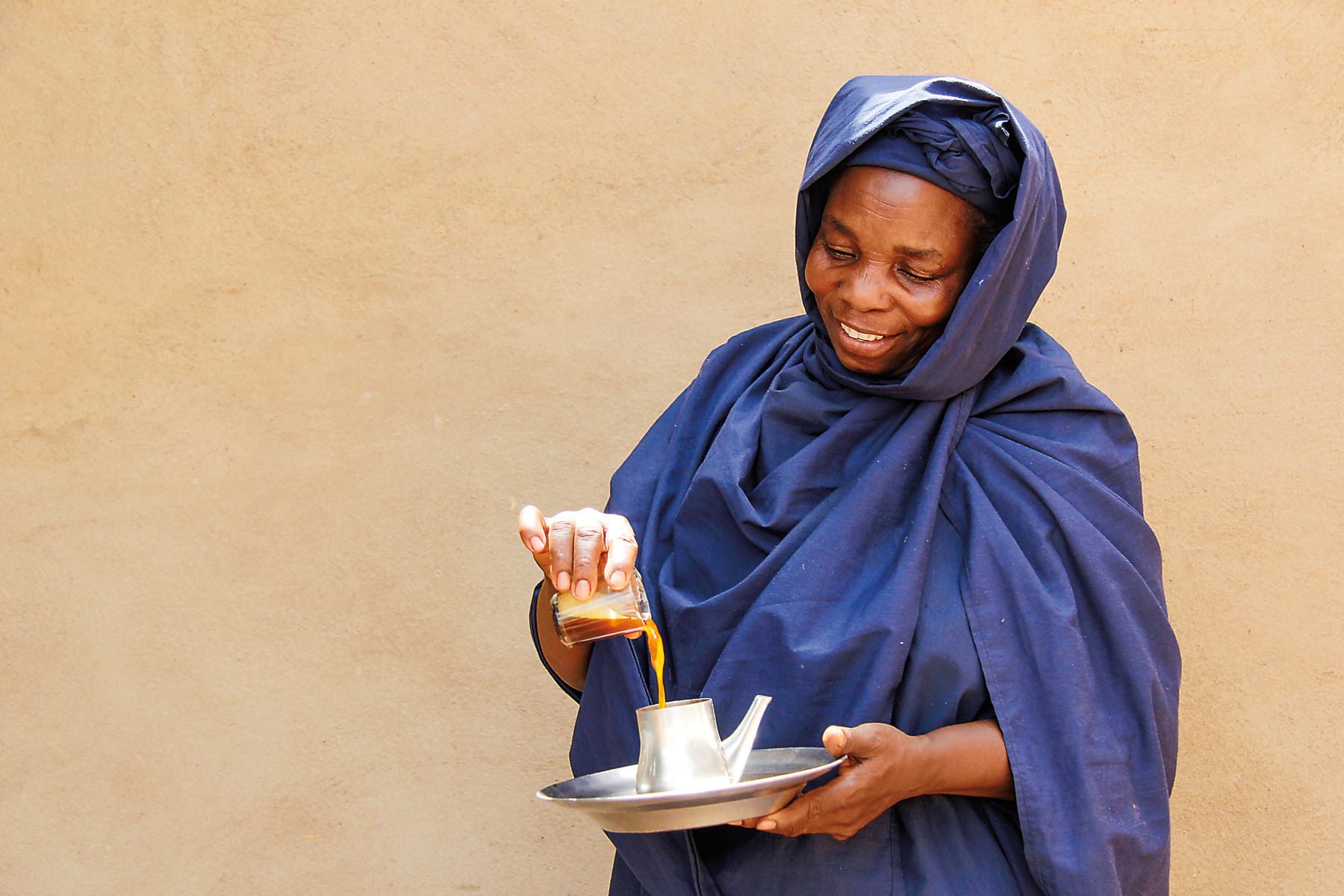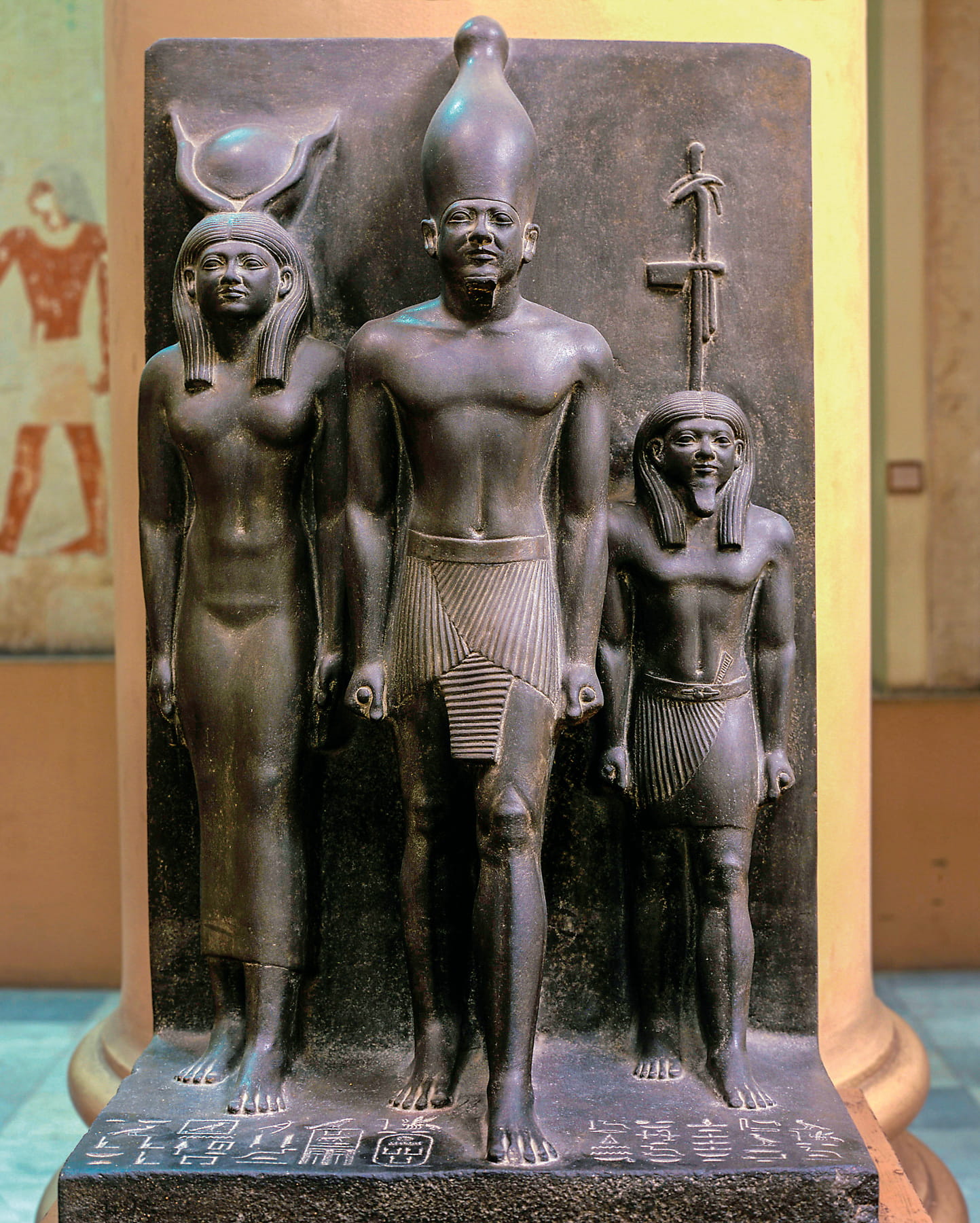
The Salukis in My Life: Here, There and Everywhere from the Arab World to China
Jane Waldron Grutz
Sir Terence Clark
2018, Medina Publishing, 978-1-91148-703-6. £22.95 hb.
Although Clark spent most of his long diplomatic career in the Middle East, it was only after he had been named British ambassador to Iraq in 1984 that he and his wife acquired their first saluki—a sand-colored puppy whose Kurdish owner really didn’t want to let her go. Beautiful, affectionate and born for the chase, Tayra’s hunting exploits introduced Clark to fellow enthusiasts ranging from Bedouin tribesmen to Gulf royalty, all of whom had much to teach him about the saluki breed and its ancient heritage. Clark retired in 1994, but he continued to visit the Middle East to see old friends and their new salukis, as well as participate in conferences dedicated to preserving the breed. A 1999 trip to Iran sparked an interest in the Tazi, or Persian, saluki, and Clark later broadened his conservation efforts to salukis in Russia and China. In this book, he tells of his diplomatic work, his travels and especially the joy that came into the Clarks’ lives when they adopted the first of their spirited, desert-bred salukis.
You may also be interested in...

A History of Mali’s National Drink Traces Green Tea—Book Review
By tracing ritual instead of commerce, anthropologist Ute Röschenthaler shows that the story of tea in West Africa involves multidirectional routes and local agency.
The Legacy of Egyptologist George Reisner—Our Book Review
When George Reisner died in 1942, he did so surrounded by ghosts—not just the pharaohs he’d unearthed but the stacks of unpublished notes that entombed his legacy.